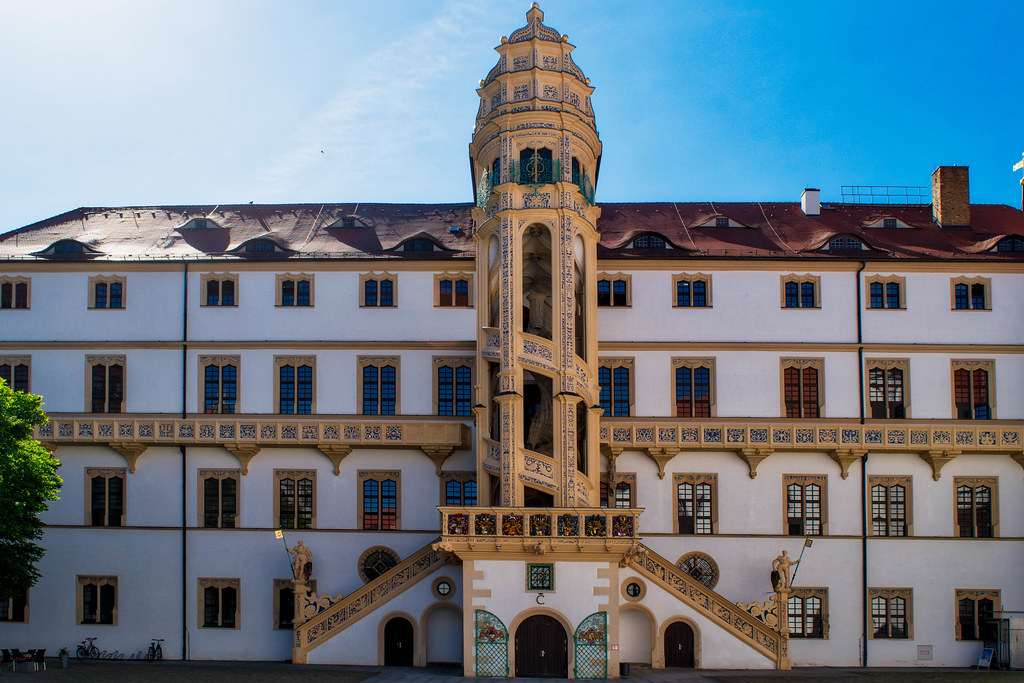Magnificent castles of Elbe River in Saxony
Elbe river cruise on so-called Saxon Alps offers many great palaces and castles to history lovers. Don't miss the mighty Königstein fortress, called as the "Saxon Bastille" or beautiful Baroque style Moritzburg!

Dresden Castle
Dresdner Residenzschloss is one of the oldest buildings in Dresden, Germany. For almost 400 years, it was the residence of the electors (1547–1806) and kings (1806–1918) of Saxony of the Albertine line of the House of Wettin.
Read more about Dresden Castle
Neurathen Rock Castle
Neurathen Castle (Felsenburg Neurathen), which was first mentioned by this name in 1755, is located near the famous Bastei rocks near Rathen in Saxon Switzerland. This was once the largest rock castles in the region, but today only the rooms carved out of the rock, passages, the cistern and rebates for the timber of the former wooden superstructure have survived.
Read more about Neurathen Rock Castle
Königstein Fortress
Königstein Fortress is located on the left bank of the River Elbe. It is one of the largest hilltop fortifications in Europe. The 9.5 hectare rock plateau rises 240 metres above the Elbe and has over 50 buildings, some over 400 years old, that bear witness to the military and civilian life in the fortress.
Read more about Königstein Fortress
Albrechtsburg Castle
The Albrechtsburg is a Late Gothic castle that dominates the town centre of Meissen. It stands on a hill above the river Elbe, adjacent to the Meissen Cathedral. By 929 King Henry I of Germany had finally subdued the Slavic Glomacze tribe and built a fortress within their settlement area, situated on a rock high above the Elbe river.
Read more about Albrechtsburg Castle
Pillnitz Castle
Pillnitz Castle is located on the bank of the River Elbe in the former village of Pillnitz.
Read more about Pillnitz Castle
Moritzburg Castle
Moritzburg is a Baroque palace about 13 kilometres northwest of the Saxon capital, Dresden. The castle has four round towers and lies on a symmetrical artificial island. It is named after Duke Moritz of Saxony, who had a hunting lodge built there between 1542 and 1546.
Read more about Moritzburg Castle
Hartenfels Castle
The early Renaissance Hartenfels castle dominates the town of Torgau. It is the residence of the Saxon electors and the political and administrative centre. The castle chapel was designed especially for Protestant worship services and was consecrated by Martin Luther himself. History The fortification already stood on the banks of the Elbe during the Slavic period.
Read more about Hartenfels Castle
Weesenstein Castle
Weesenstein castle was erected here sometime around 1200, built with the purpose of defending the border to the Kingdom of Bohemia; it was mentioned in written sources for the first time in 1318. The oldest part of the presently visible castle is its central round tower, erected sometime around 1300.
Read more about Weesenstein Castle